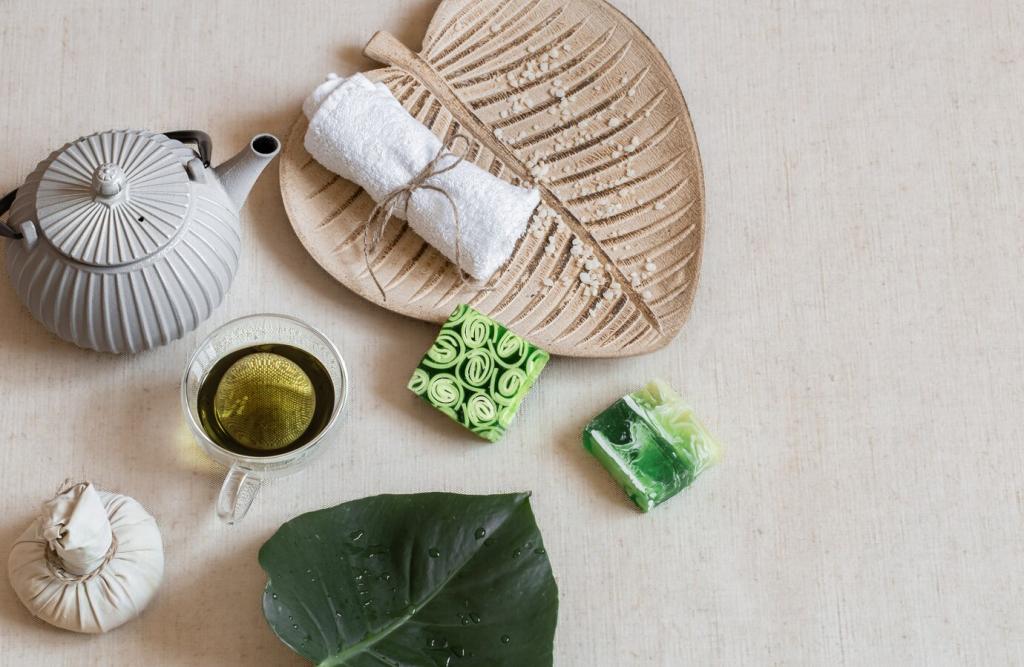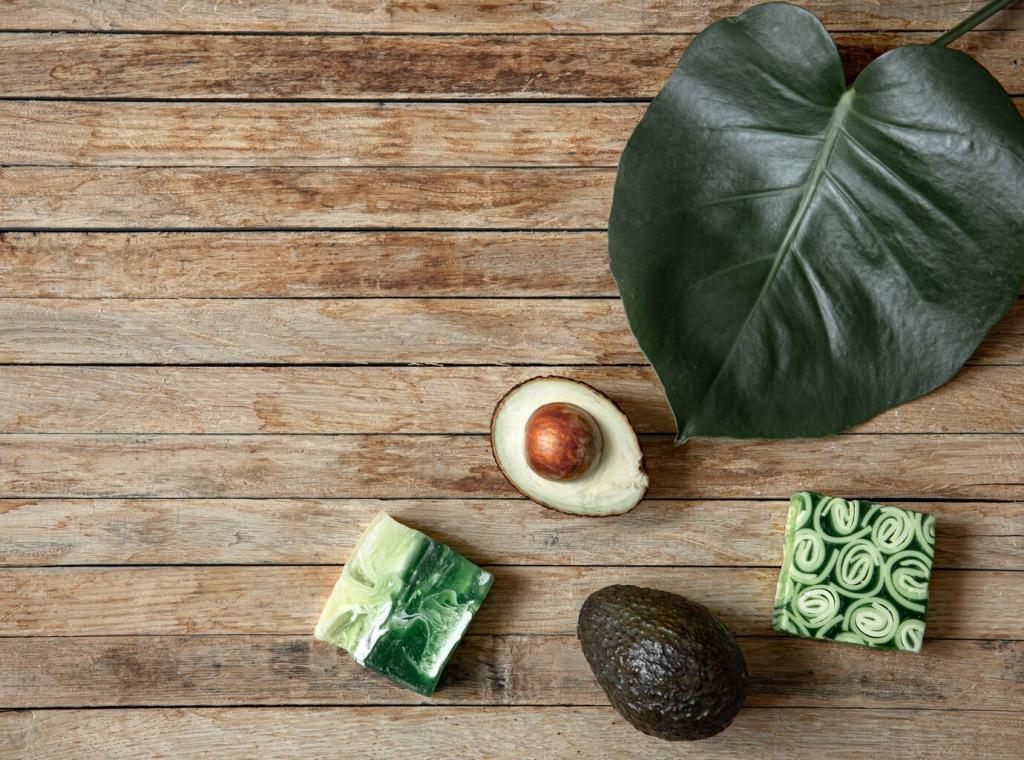Sustainable Upholstery Cleaning Methods
Discover how eco-friendly approaches are transforming the way we care for our upholstered furniture. Sustainable upholstery cleaning methods not only safeguard the environment but also maintain the integrity and longevity of your furniture. By embracing green cleaning strategies, homeowners enjoy a fresher living space, reduced exposure to harsh chemicals, and a smaller ecological footprint. Explore the innovative solutions, products, and practices that make sustainable upholstery cleaning the smart choice for your home and the planet alike.


Water Conservation Techniques
Low-Moisture Cleaning
Low-moisture cleaning techniques focus on reducing the amount of water used during upholstery care. By utilizing specialized machines and minimal liquid application, these methods extract deep-seated dirt while significantly speeding up drying times. This prevents mold growth and prolongs fabric life, making it ideal for both residential and commercial environments. Low-moisture processes not only conserve water but also reduce energy demands typically associated with drying, achieving a dual benefit for sustainability.
Steam Cleaning Alternatives
Traditional steam cleaning, while effective, consumes significant amounts of water and energy. Eco-friendly steam alternatives use lower temperatures or vaporized mist to clean upholstery with less liquid. These advanced systems target bacteria and allergens, breaking down stains without soaking the fabric. As a result, they offer efficient cleaning with minimal environmental impact, demonstrating that powerful results can be achieved even with reduced resource consumption.
Greywater Reuse Systems
Greywater reuse harnesses water from other non-potable household activities, like laundry or showering, for cleaning purposes. Setting up filtration and purification systems makes it possible to safely include greywater in upholstery care, minimizing reliance on fresh, drinkable supplies. While not common in every home, these systems signify the next step in integrated household sustainability, turning potential waste into a valuable resource for ongoing cleaning needs.
Baking soda and vinegar, two pantry staples, have become indispensable tools in sustainable stain removal. When combined, their chemical reaction helps lift and dissolve tough stains without relying on harsh detergents. Baking soda absorbs odors and grease, while vinegar’s mild acidity breaks down organic residues. Used in moderation, this duo can address everything from coffee spills to pet accidents, offering an eco-friendly solution that is safe for most upholstery fabrics.
